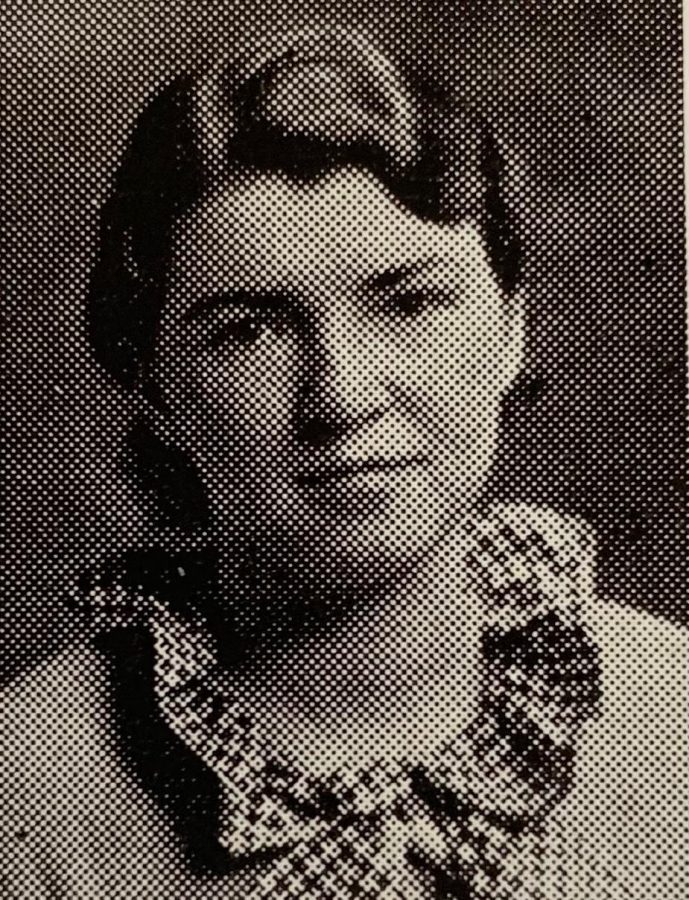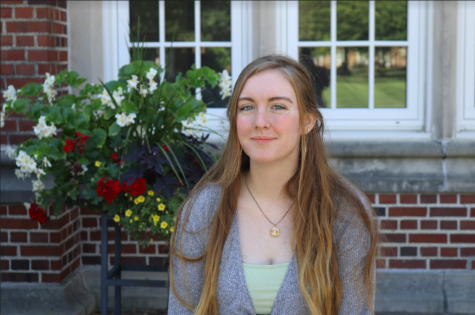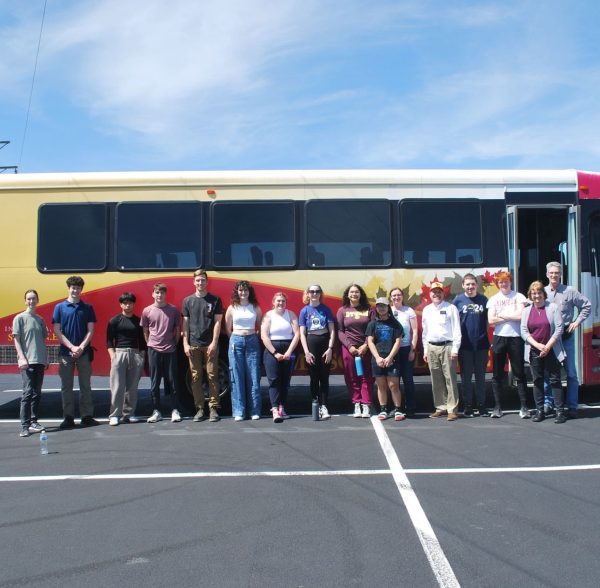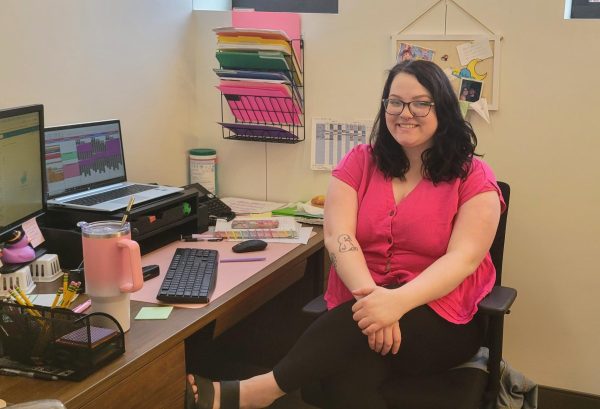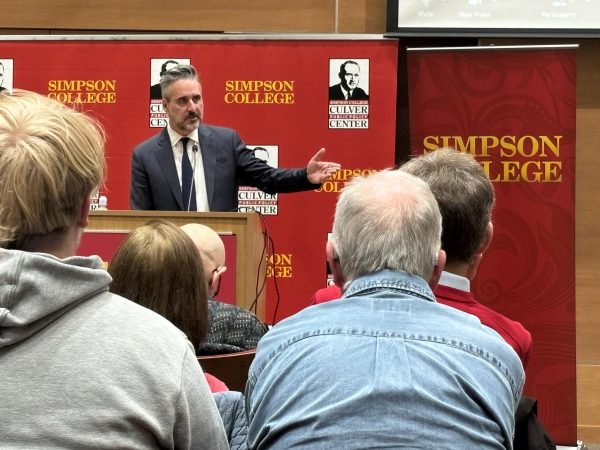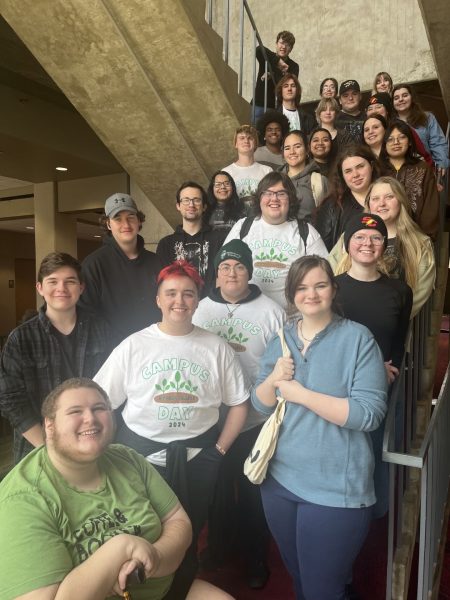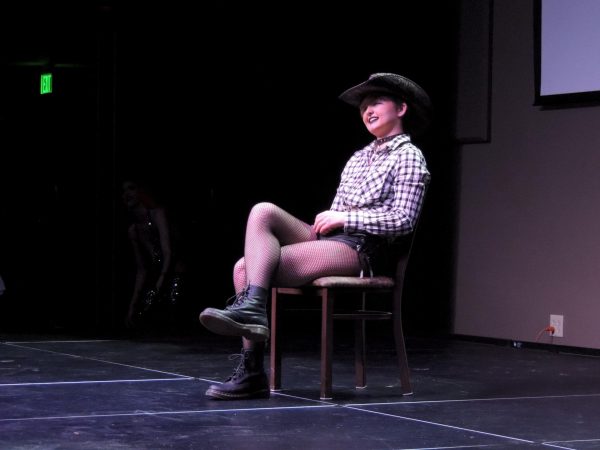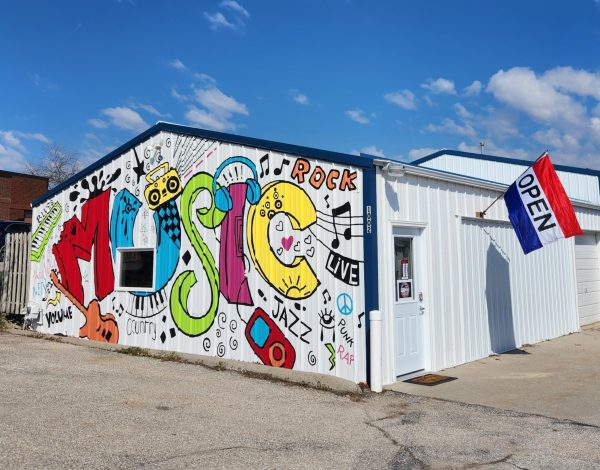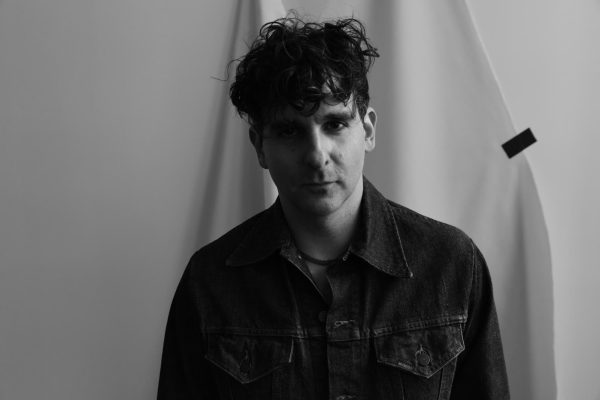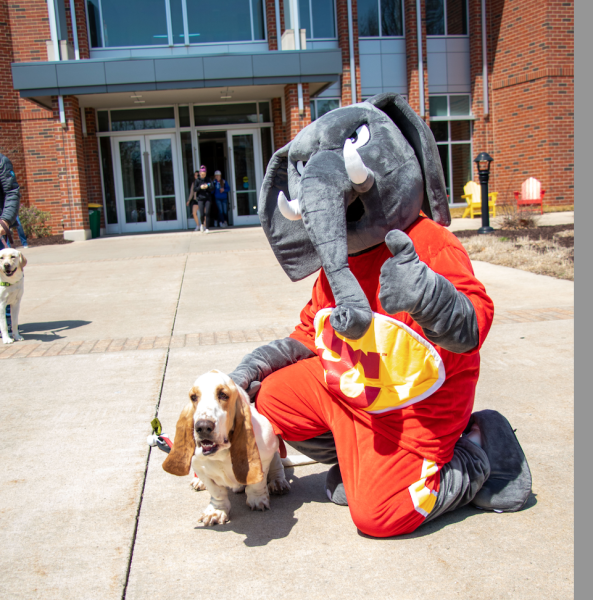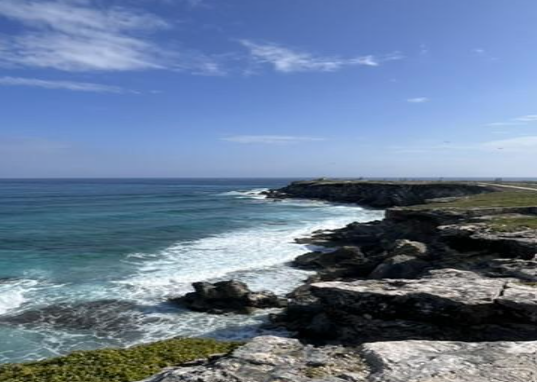The history of Millie the ghost
Mildred’s yearbook photo from 1935.
October 27, 2021
Everyone on campus has heard the story of how one 22-year-old first-year student tripped and fell in College Hall back in 1935, but not many people know much else about the campus’ favorite specter.
Mildred Lola Hedges was originally from Scranton, Iowa; she was born in 1912 to Bertha and Charles Hedges. She had two younger brothers, Howard and Horace.
According to her mother, Bertha Hedges’, writing–which can be found in the Iowa Women’s Archive–Mildred was born with a cleft palate and received surgery for it as a child in both Omaha and Chicago. A handwritten letter from her professor, Alice Hansell, stated that Mildred had a speech impediment.
While at Simpson, Mildred was a member of the Beta Sigma Omicron Sorority, which was established on campus in 1926. She joined in April 1935, one month before her death. She was also a member of Delta Epsilon, a coeducational evangelical group on campus.
The Omicron house mother, Ms. Banning, spoke kindly of Mildred in her scrapbook.
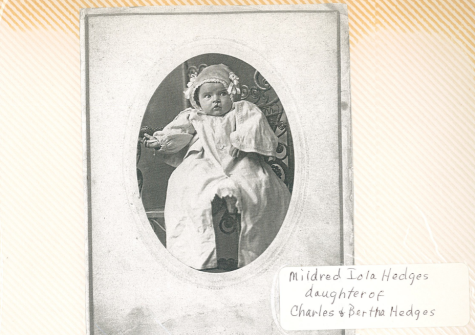
“I am so happy to have such a fine girl as you are, as my Omicron daughter. Success in whatever you undertake,” Banning said on the first page.
Mildred’s cousin, Pearl Hedges, was also a first-year at Simpson.
Mildred’s death was difficult and painful for those who knew her. Mildred’s funeral was described in the May 13, 1935 publication of The Simpsonian.
“Miss Hedges was a general favorite among the people of Scranton and the surrounding country, and the funeral was one of the largest ever held in the city. Over 200 friends passed the casket which was banked with flowers in the farm home of Miss Hedges’ parents,” the article said.
There is no recorded evidence of Mildred ever actually going by the nickname Millie. All records indicate her preferred name as Mildred; all available records show that her sorority sisters, parents and teachers all called her Mildred.
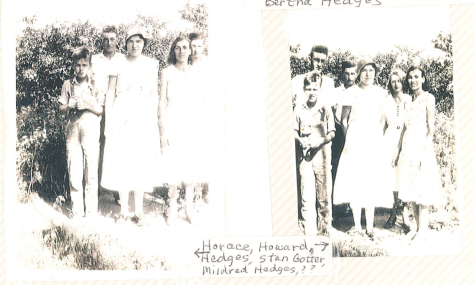
It isn’t clear when her new nickname began, but that’s now what most students know her as – Millie, the ghost who the campus coffee shop is named after.
Reports of paranormal activity caused by Millie didn’t spark until four decades after her death when College Hall was boarded up and nearly demolished.
The first written sighting of Mildred’s spirit in College Hall comes from the Oct. 28, 1977 publication of The Simpsonian, where staff reporter Lou Gralewski detailed his personal paranormal experience in his editorial titled, “I Do Believe In Spooks, I Do! I Do!”
“One night during my freshman year, about 12 of us sneaked into Old Chapel around midnight – having a seance to try and conjure up one of the spirits in the building. We were taking it more or less as a joke until an image of a girl appeared in the bay window above the third-floor landing. I don’t know if it was our imagination or not, but I really didn’t want to find out,” Gralewski said.
Two years later, in 1979, Ed and Lorraine Warren, two famous ghost hunters, came to campus to investigate paranormal activity happening in College Hall.
“Her spirit remains in the building because she was not ready or willing to die,” Lorraine said in “Ghostly Duo Speaks At Simpson” by the Des Moines Register. “She died here, but she’s convinced herself that she didn’t.”
In 1980, College Hall was remodeled, but students’ accounts of strange activity within the building persist.
Since her death, there have been 22 documents written about her – 16 of these were paranormal, detailing stories of her haunting campus or efforts made by ghost hunters to seek her out. The Simpsonian used to run a now discontinued advice column called “Ask Millie.”
Mildred’s legacy has lived on for nearly 100 years on campus and has morphed into somewhat of an urban legend. Despite being dubbed Simpson’s residential ghost, Mildred Hedges was a real person.



